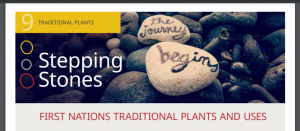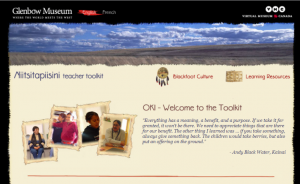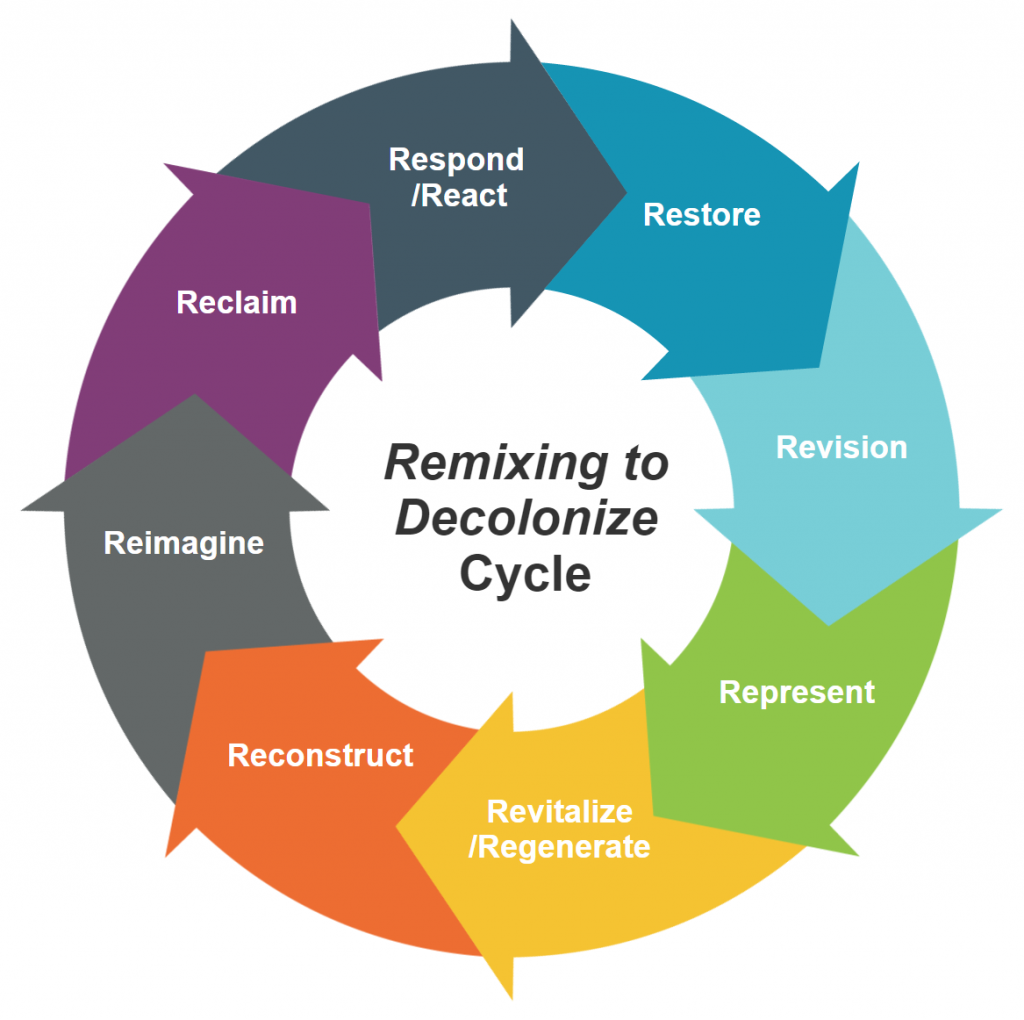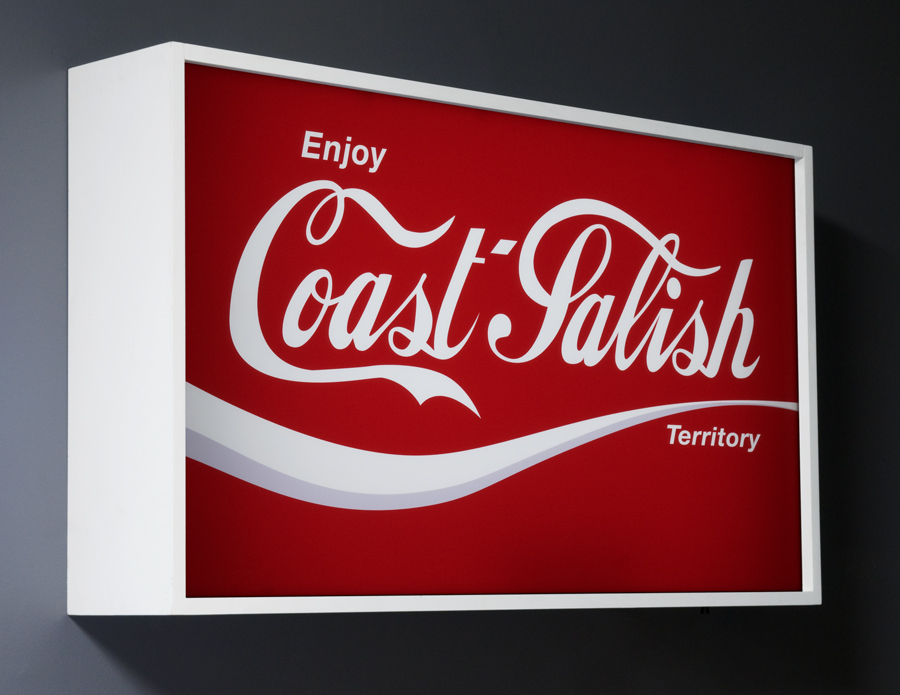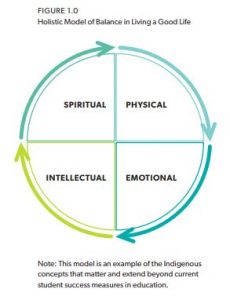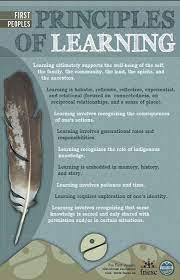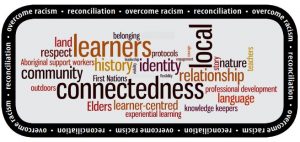In this resource — part article, part toolkit — Lindquist provides four case studies of different media arts activities to support youth with engaging with local and global issues. The youth involved are nehiyaw (Cree), from Frog Lake First Nation (in Northern Alberta). The four activities are grounded in both project- and place-based pedagogy. “Through various forms of multimedia and arts programming, such as photography, social media, video, music, and dance, students not only push back on stereotypes, but also create shared imaginings for the way they want to live” (p. 109). Each activity comes with instructions and background information. There is a strong presence of Indigenous Feminisms, and the project was supported by Native Youth Sexual Health Network.
The four activities in this toolkit are:
- #Self(ie) Determination Photo Booth
- Âniskômohcikewin ~ Connect It!
- Kîya Cultural Hero // You Are The Cultural Hero
- The Hunger Brains
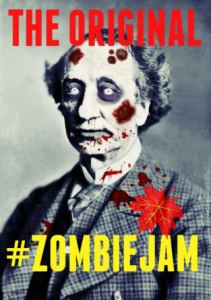
Using media arts justice to re-story history. Artist: Kirsten Lindquist and HeinsburgCommunity School (HCS) media students
This is a powerful resource for supporting youth in taking their media artworks beyond the aesthetic, telling their own stories, and self-derterminging their own minds and bodies.
Reference:
Lindquist, K. (2018). A Digital Snapshot – A Media Arts Justice Toolkit Approach to Support Indigenous Self-Determining Youth. Canadian Journal of Family and Youth / Le Journal Canadien De Famille Et De La Jeunesse, 10(2), 105–132. https://doi.org/10.29173/cjfy29391
